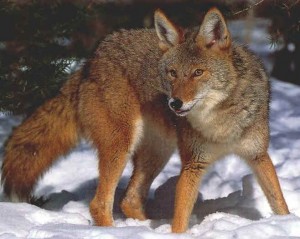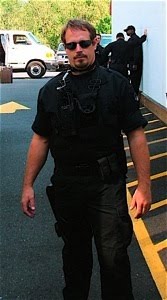What the Heck Does Relax Mean?
/ One of the things I love about teaching beginners is that they ask the most basic and obvious questions, and I get stumped.
One of the things I love about teaching beginners is that they ask the most basic and obvious questions, and I get stumped.What does relaxation mean? It's being touted from here to Peoria as the end all and be all-- the key to awesomeness in every endeavor under the sun or moon. But does anyone know what it means? My sister, who teaches maximum high speed swimming says, "The more relaxed, the better." I talked to an Olympic weightlifter who says that when he lifts he imagines that there is a video camera framing only his face and neck. As he is lifting an enormous weight he tries not to show any evidence of it on the video.
This raises another question, "How do we test for relaxation?" By the way, if I was to teach Olympic weightlifting I would have people lift weights while standing up in a small boat on the ocean--any moment of stiffness and over you go...
So, to be an internal martial artist you have to test, a lot. I suppose progress in martial arts could be measured by the types of testing one does. First structure tests, then liveliness tests, then emptiness tests. Is your structure good in every direction and in every posture? Okay, then is your intention correct in every movement? Okay then, have you completely discarded all evidence of structure and made all intent outside the body?
Yeah, I know I lost a few of you there but you'll get this next part. If I were forced to define relaxation I would say it is an order of phenomena: Body mass completely quiet, mind wild and aware-- no second thoughts, no contradictions, no social inhibitions, no identity to cling too, only clouds, rocks and water!

Lately my ideas about internal martial arts have become so simple. I shrink, I expand, I turn off all my impulses, and glory in my original nature. I am clumsy, vulnerable, weak, and fat. The layers and lumps of tension float off of me and on to the ocean waves where they join the dolphins and seals in their savage hunt.
Perhaps I only write this blog for myself, like an insurance policy so I won't forget, so I won't endlessly loop. What I am about to say is so obvious you probably shouldn't read it.
Relaxation is easy to define, it is the absence of stress or tension. Probably the greatest source of tension, day to day, minute to minute, is social. I just think about being in a meeting at my old job, or what the school board thinks about martial arts, and zap, the tension bites me. It grabs, it pulls, it twists, it concentrates, numbs, grinds, and it tries to find a home under my skin! Walk into a room with people in it and zap, the tension is there, instantly.
During every injury I've ever had, my mind was stuck on some social drama.
 And thus I have a theory.
And thus I have a theory.Inside each of us there is an animal, I suppose Freud would have called it the Id. It always moves from the center. It is un-self-conscious, spontaneous, and asocial. It is older than old, and younger than young, an ancient seed. It has no regard for itself, no self-image. It feels but it doesn't possess. It knows but it doesn't hold on.
When this ancient seed (Laozi = old seed) finds itself in a social situation it wants to act, it wants to shrink and pounce, to bite, and wiggle, but our social mind overpowers it. We smile and nod, we speak and gesture, and yet we are hiding what is happening on the inside. The animal is pushing and pulling. Because we won't let it out, it bites us from the inside and we call that tension. We call that stress.
Tension happens when our spontaneous animal mind is out of harmony with our social human mind. We become the battle ground. I don't mean to imply that animals don't have social stress, but come on, when the coyote finally catches roadrunner and then starts his own blog we can have that discussion.

 Lately I have been teaching new Taijiquan students two basic daoyin animals, the cat and the dog. They are somewhat opposite ways of moving, but in my current way of thinking they both embody monster motor movement. They each begin from a pre-locomotor physicality and progress to two very different sorts of four legged walking. I'm avoiding the word crawling because everyone already thinks they know what that means, and what I'm talking about is animal specific movement. I then try to get students to use this information to animalize their Tai Chi.
Lately I have been teaching new Taijiquan students two basic daoyin animals, the cat and the dog. They are somewhat opposite ways of moving, but in my current way of thinking they both embody monster motor movement. They each begin from a pre-locomotor physicality and progress to two very different sorts of four legged walking. I'm avoiding the word crawling because everyone already thinks they know what that means, and what I'm talking about is animal specific movement. I then try to get students to use this information to animalize their Tai Chi.

